NEW RUTGERS STUDY CONFIRMS HYPOXIC EVENT LAST SUMMER OFF THE NEW JERSEY COAST BY JIM LOVGREN
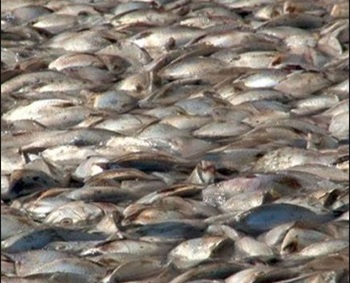 In a scientific report released in December 2023 by Associate Professor Grace Saba, and Professor Josh Kohut using underwater robots, called “Gliders” to track ocean water quality, specifically, oxygen concentrations and PH levels, the researchers discovered that large areas of the New York Bight suffered a hypoxic event last summer. The research used three different Gliders, with one of them tracking inshore waters from Long Branch to Cape May, out to about fifteen miles offshore, while the other two gliders worked together, and tracked down the southern edge of the mud hole out to about 30 fathoms where they then followed that depth in a southerly direction working 20 to 40 miles offshore.
In a scientific report released in December 2023 by Associate Professor Grace Saba, and Professor Josh Kohut using underwater robots, called “Gliders” to track ocean water quality, specifically, oxygen concentrations and PH levels, the researchers discovered that large areas of the New York Bight suffered a hypoxic event last summer. The research used three different Gliders, with one of them tracking inshore waters from Long Branch to Cape May, out to about fifteen miles offshore, while the other two gliders worked together, and tracked down the southern edge of the mud hole out to about 30 fathoms where they then followed that depth in a southerly direction working 20 to 40 miles offshore.
From their study; “Coast wide, hypoxic levels of dissolved oxygen [concentrations less then 3 mg/liter] were observed at shallower, more inshore locations. In addition to low ph measured in bottom waters, which is indicative of acidification, aragonite saturation state [a relevant metric for biological impacts of ocean acidification] was calculated to be less than one in several locations. Normal, more optimal levels in seawater typically include dissolved oxygen concentrations greater then 7 mg/liter,ph of 8.1 and aragonite saturation states greater than 3.” Glider #28 which tracked the inshore course, found hypoxic levels along its whole route, while gliders 39 and 40 found low aragonite levels at multiple locations along their offshore course. The researchers also were informed by fishermen of dead sea creatures being caught in their lobster pots along the mud hole, and also reports of more dead sea life off the near shore waters of southern Monmouth County, both areas of extensive offshore wind sonar and seismic testing.
From their study, “Mortalities were reported of American lobster, Jonah crab, Atlantic rock crab, spider crabs, Black Sea Bass, and tautog were reported not only in pots where trapped organisms would not have been able to escape poor conditions, but also on the open bottom. This observation suggests that if low dissolved oxygen and /or ph were indeed the culprit for these reported mortalities, the area may have been extensive enough that they could not escape in time.” The study suggests that any of a number of factors could have caused these conditions, including a change in normal ocean stratification, increased input of nutrients which increase phytoplankton production, increased sea temperatures, and a few more. Conveniently missing from the possible causes of this hypoxic event is the impact of the
offshore wind research vessels that have been extensively using high powered sonar and seismic devises throughout the New York bight area for over a year now. Also ignored was any outreach to the scallop fishermen along the coast who have been reporting unusual amounts of “clappers”, which are dead scallops, in their tows.
In an article posted in the spring of 2023 in Fisherynation.com, “Is the Great Fishkill of 1976 About to be Repeated?“, I suggested that the New York bight could see an environmental catastrophe that could rival or surpass the great fish kill of 1976 and would be caused by the decomposing bodies of the dead sea creatures killed by the seismic and Sonar assault on the ocean bottom by offshore wind research vessels. Throughout this past year, numerous accounts of dead sea creatures washing up on the beaches of Nantucket, and New Jersey have been reported, all of them while offshore wind vessels were surveying nearby. The dead marine mammals are well known casualties to the public, but authorities deny any connections between offshore wind and the strandings, while they refuse, even when perfect opportunities present themselves, to perform inner ear autopsies on these creatures that might discover the true cause of death. Likewise for years NOAA and BOEM have refused to perform any studies concerning the effects of loud sonar and seismic on marine mammals, leaving that to the US Navy, which was forced to by lawsuits. As a former member of the Mid Atlantic Fishery Management Council, I heard a term used by many fishermen in regard to NOAA/NMFS science, “Garbage in, garbage out.” This means if all information is not properly presented or not even included in a study, the result is useless garbage, usually to conform to a desired result. This Rutgers study, at this point, is very near to being in that category, because one of the most probable causes of this hypoxic event has been ignored and not even considered.
The great fish kill of 1976 may not ever been known about without the efforts of the commercial fishermen who observed the dying clams and other benthic organisms coming up in their dredges while working their historic fishing grounds and brought it to the attention of the authorities. That kill was caused by the continued use of the ocean as a cesspool for human excrement and environmental conditions that caused a large algae bloom and ultimately a large area of hypoxic ocean. Today, thanks to government [mis] management there are very few commercial fishermen left to report such conditions. The observations of scallop fishermen and the alarming amount of dead scallops they see in formerly healthy fishing grounds, that had recently been pounded by offshore wind vessels, has been ignored. Rutgers out reach to them has been nonexistent, yet a simple telephone call to any of the docks in New Jersey could have resulted in many more reports of dead sea creatures throughout the bight area. So this study is garbage by omission, with what appears to be an effort to blame the hypoxic event on global warming. Myself, I think that the conditions I cited in the Fisherynation article, water temperature in the 80’s, and a lack of storms to mix the water column during the tranquil summer months were not met. There could be many causes for last summer’s hypoxic event, but what is probably the real cause has not even been considered.
All is not lost though, this is an ongoing study, that hopefully will be performed each year, because the data that is gathered is very important in understanding what is happening in our ocean waters. Professor Saba is seeking information from anyone who has observed unusual sea creature mortalities over the past summer and can be contacted at [email protected]. I urge all fishermen, and citizens to report what they have observed this past year to her. Perhaps one of her students will take it upon themselves to research those studies from Australia that I cite in the fish kill article from last spring. Without such information this study becomes just another in a long line of advocacy science that has been produced in the last two decades.
The Rutgers report can be found on the Rutgers website https//www.rutgers.edu in the Department of marine and coastal sciences department.

































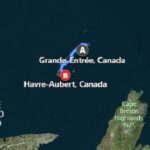


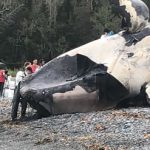


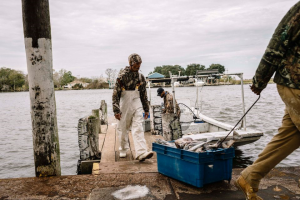
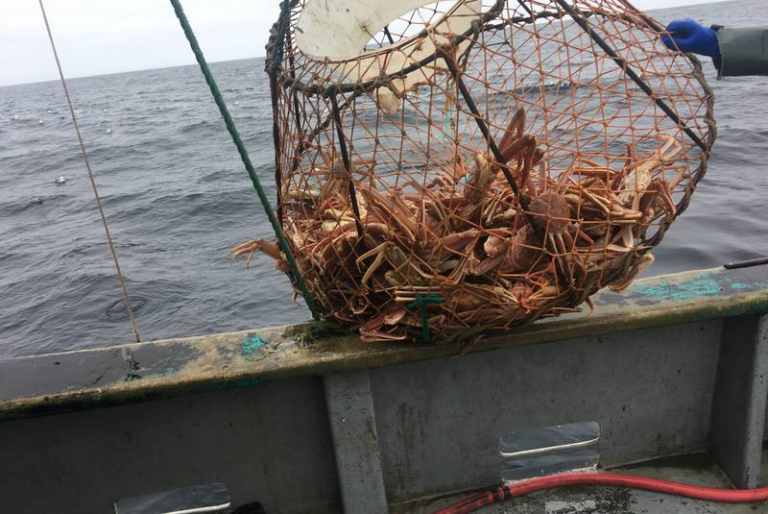


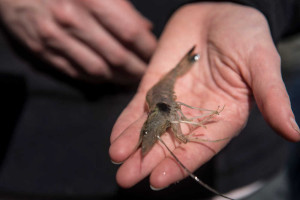
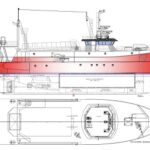



Point well taken and I firmly agree!